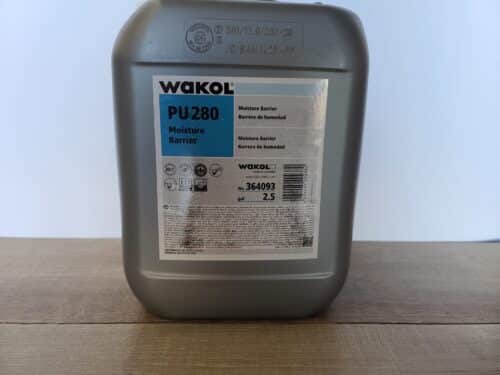Wood Floor Moisture Barriers Trusted by Americans
Worried about humidity damaging your beautiful floors? We get it. Moisture seeping up from below can warp, crack, and destroy wood flooring. We offer proven moisture barriers for flooring that block humidity at the source. Seal out the mess with options that work hard. Go simple with a roll-on coat or tough it out with a heavy-duty overlay. And the real win? Both keep your floors safe, dry, and built to last.
- Loba
- Pallmann
- Fortifiber


Overlay Barriers That
Contractors Trust
Subfloor moisture can destroy your best work unless you’ve got reliable protection. Rustic Wood Floor Supply offers overlay barriers that install quickly and perform reliably in the long term, ranging from basic paper to heavy-duty plastic and tar systems that withstand tough conditions. But we’re more than a supplier. Whatever moisture challenge you’re facing, we help you handle the subfloor moisture barrier effectively the first time. Quality brands we carry:
- Aquabar
Roll-On Liquid Barriers
That Seal Tight and Set Right
Fighting moisture coming through the concrete can mess up your whole timeline. We carry roll-on barriers that solve the problem with a liquid seal that truly sticks. Pick one-part systems for simple jobs or two-part products for heavy-duty protection. Just remember the two-part stuff hardens whether you use it or not. But we don’t stop at product sales. No matter the moisture problem, we make sure you solve it quickly and hassle-free.
Professional brands we stock:
- Wakol PU 280
Moisture creeping through floors?
What Makes Our Moisture Barriers A Customer Favorite?
Our moisture barrier for wood floors creates a stable environment that keeps your floors performing like new for decades. When
humidity levels are controlled, wood maintains its original dimensions and structural integrity.
TESTIMONIAL
Solutions You Can Rely On, Support You Deserve
When moisture problems threaten to damage your flooring project, Rustic Wood Floor Supply provides the dependable barriers that keep you moving forward. Our experienced team knows these products inside and out because we’ve used them ourselves on real installations. We help you choose confidently, whether you’re tackling a single room or an entire building.
Don’t let another project become a disaster story.





